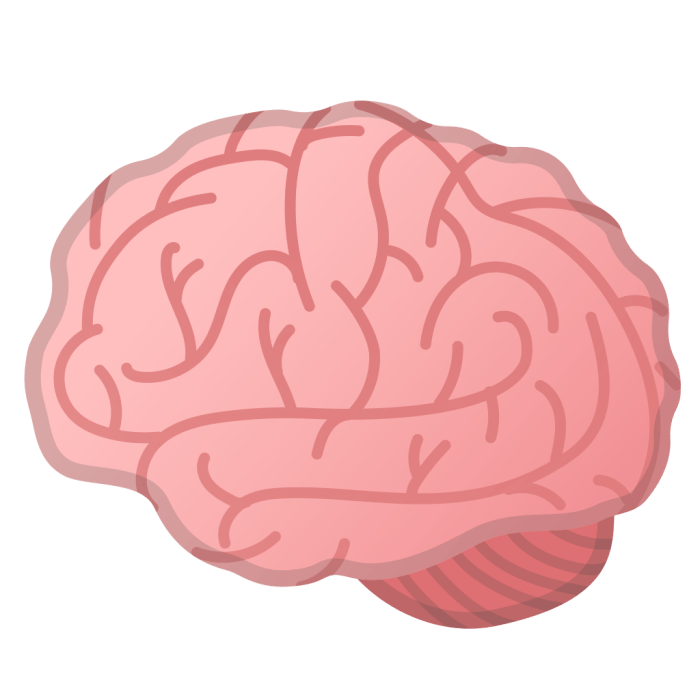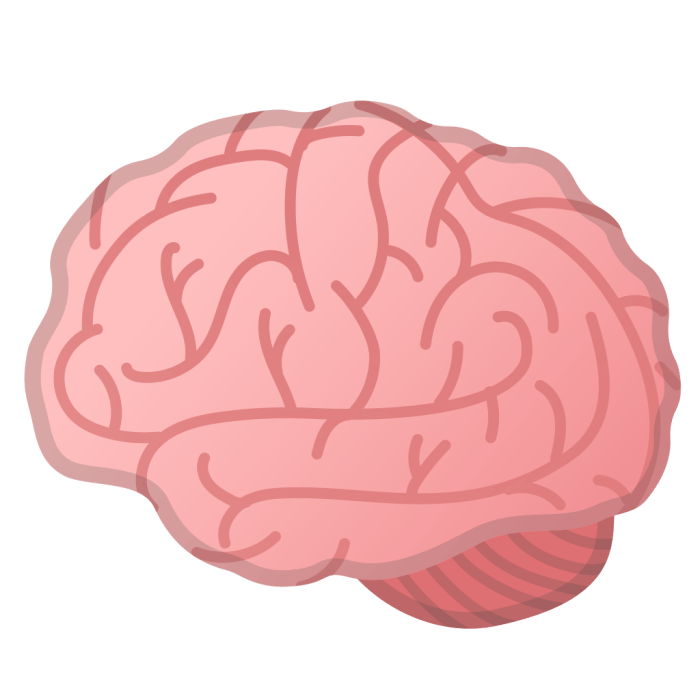iPhone brain games have exploded in popularity, offering a diverse array of mental exercises to engage and stimulate users. From classic memory tests to complex logic puzzles, these apps cater to a broad range of cognitive preferences. This analysis delves into the intricacies of iPhone brain games, examining their design, mechanics, and performance, while exploring the various learning outcomes they offer.
The market is saturated with these apps, each vying for user attention with unique features and approaches. This exploration assesses the strengths and weaknesses of different game designs, analyzing user experience, game mechanics, and optimization strategies. Furthermore, we’ll investigate how these games target specific cognitive skills, potentially boosting memory, logic, and problem-solving abilities.
iPhone Brain Games: A Comprehensive Overview

iPhone brain games have surged in popularity, offering a diverse range of mental exercises for users of all ages and cognitive preferences. This article provides a comprehensive look at these games, examining their features, mechanics, and design considerations. It delves into the categories of brain games, their learning outcomes, and how developers create engaging and effective experiences.
Overview of iPhone Brain Games
The iPhone app store offers a wide spectrum of brain games, catering to various cognitive abilities and preferences. These games often employ different mechanics to challenge and stimulate the mind. Popular genres include memory, logic, strategy, and problem-solving games.
- Memory games typically focus on improving short-term and long-term memory through tasks like matching pairs, recalling sequences, or memorizing images.
- Logic games challenge players to solve puzzles, reason through scenarios, and apply deductive or inductive reasoning.
- Strategy games involve planning, decision-making, and anticipating opponent moves. These games can range from simple tactical exercises to complex simulations.
- Problem-solving games encompass a broad range of tasks, from mathematical equations to complex scenarios requiring critical thinking.
Common features across many brain games include adjustable difficulty levels, progress tracking, and leaderboards, fostering competition and motivation. Personalized learning paths are also becoming increasingly prevalent.
| Game Name | Genre | Description |
|---|---|---|
| Peak | Memory/Logic | A popular game that combines memory challenges with logical puzzles, progressively increasing difficulty as the player progresses. |
| Lumosity | Diverse | Known for its broad range of cognitive training exercises targeting various mental skills. |
| Elevate | Logic/Problem Solving | Emphasizes problem-solving skills and analytical thinking through a series of intricate puzzles. |
User Experience and Interface
The design of iPhone brain games heavily influences the user experience. Effective interfaces are clear, intuitive, and provide immediate feedback. Visually engaging elements are also essential for maintaining user interest and motivation.
- Successful UI/UX examples often feature clean layouts, clear instructions, and a smooth flow between game levels. This fosters a positive and enjoyable experience.
- Unsuccessful UI/UX instances may have confusing navigation, lack clear feedback mechanisms, or have cluttered displays. This can lead to frustration and a reduced willingness to continue playing.
| Interface Element | Game A | Game B | Game C |
|---|---|---|---|
| Navigation | Clear and intuitive, using simple icons and menus | Slightly confusing, with overlapping buttons and unclear hierarchy | Very user-friendly, employing a minimalist design |
| Feedback | Immediate and visual, with animations and sound cues | Delayed and textual, making it difficult to understand the result of actions | Visually engaging, with animations and sound cues |
Game Mechanics and Features
The core mechanics behind brain games vary widely. Some games rely on timed challenges, while others focus on strategic planning or problem-solving. Features such as customizable difficulty levels, progress tracking, and social interaction elements significantly enhance the overall gameplay experience.
A typical example of game mechanics involves a puzzle-solving game where the player must logically arrange tiles to match patterns or complete sequences. This process often involves multiple steps and decisions, requiring the player to carefully consider the potential outcomes of each move.
Performance and Optimization
Game performance depends heavily on the efficiency of the underlying algorithms. Optimization strategies vary, from utilizing efficient data structures to minimizing unnecessary calculations. Factors like device performance and game complexity play a crucial role in determining the speed and smoothness of the gameplay.
Brain Game Categories and Learning Outcomes
Brain games can be categorized based on their specific learning goals. This categorization helps users choose games that best suit their cognitive needs. The learning outcomes vary depending on the game type.
| Category | Description | Example Game | Learning Objective |
|---|---|---|---|
| Memory | Improving short-term and long-term memory | Peak | Enhance memory retention and recall |
| Logic | Boosting problem-solving and critical thinking skills | Elevate | Develop analytical skills and logical reasoning |
Game Design Considerations
Effective game design for brain games prioritizes user engagement and motivation. Clear instructions, progressively increasing difficulty, and positive reinforcement are key elements in creating a compelling and motivating gameplay loop.
Comparison and Contrast
Different iPhone brain games offer varying levels of complexity and depth. Some focus on simple memory tasks, while others delve into intricate strategic challenges. The design approach of each game caters to different user preferences and learning styles. Emerging trends indicate a greater focus on personalized learning experiences and gamified cognitive training.
